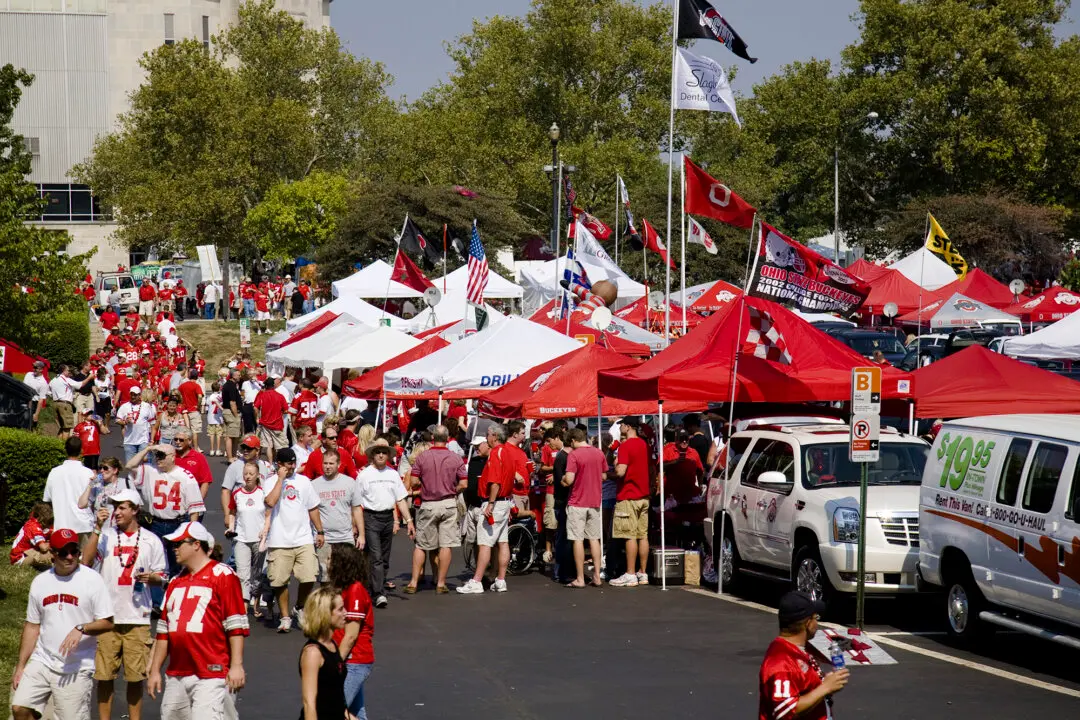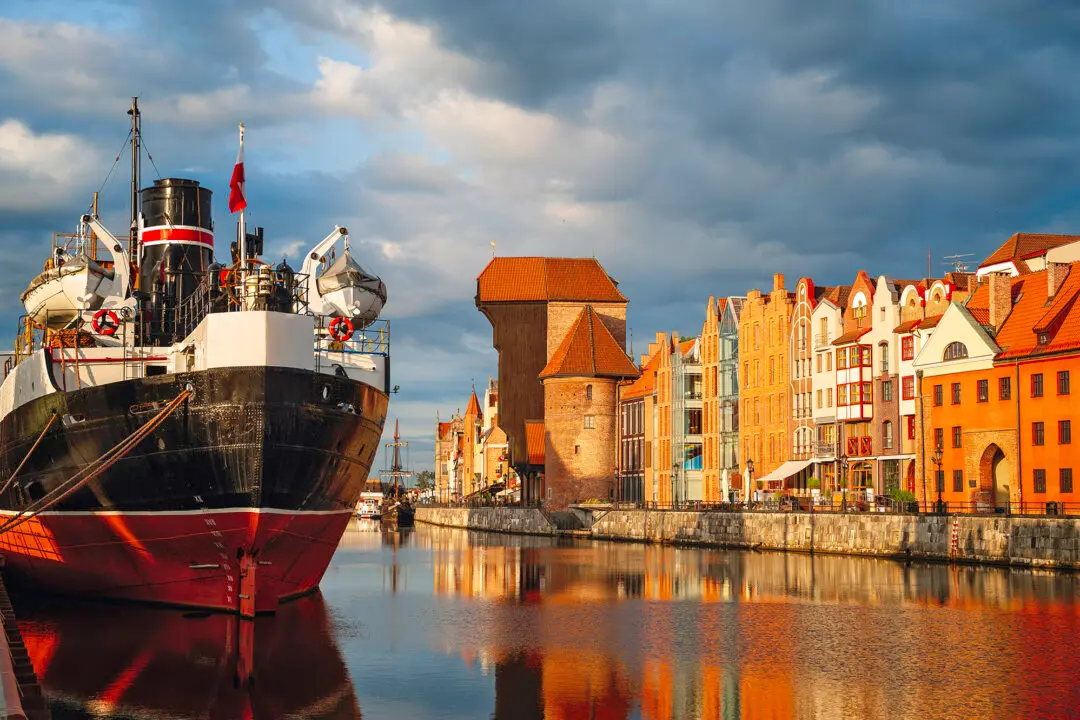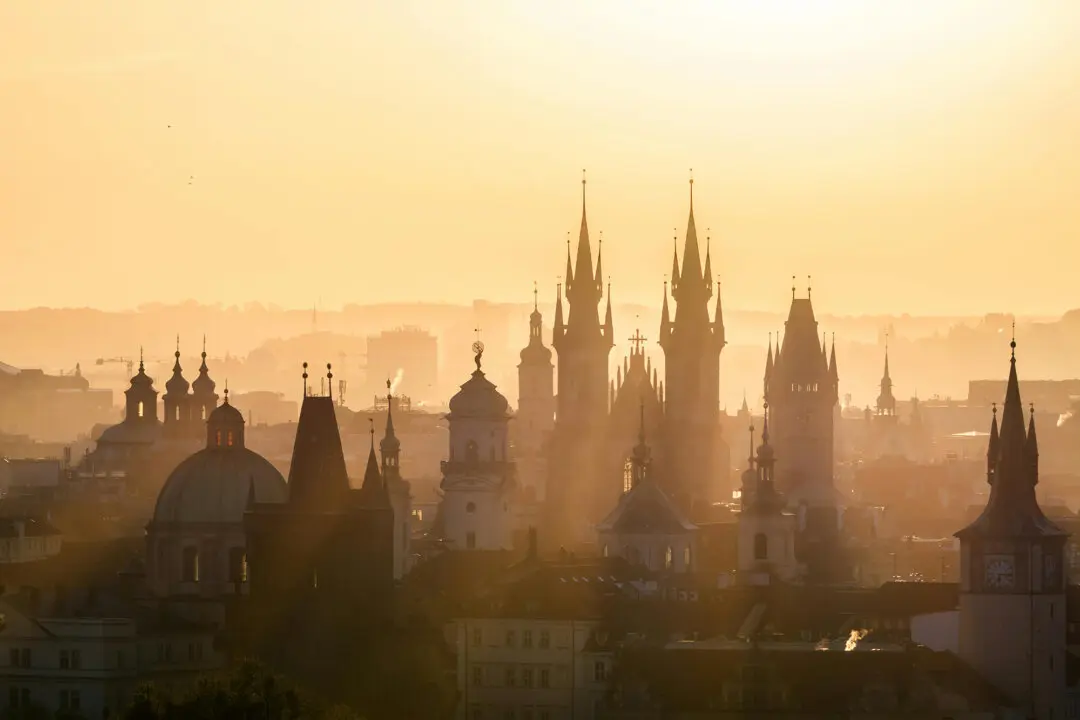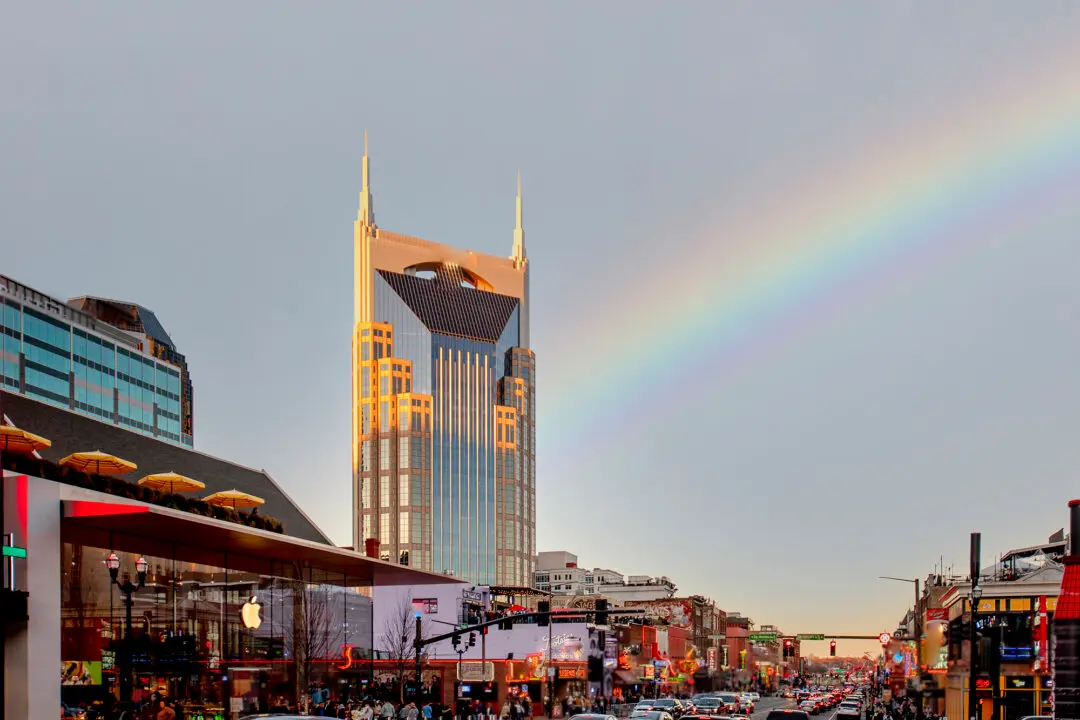When you first see Ittoqqortoormiit, you won’t believe your eyes. No, not quite. It will seem like a mirage. Set on a sharp rise, backed by bald mountains, the bright, multicolored homes seem completely out of place, a storybook village set in one of the fiercest environments (and climates) on earth.
Getting here isn’t easy. Set at 70 degrees North—roughly four ticks of latitude above the Arctic Circle—winter is long and harsh. I arrived by icebreaker, and the “fast ice” still covered Scoresby Sound for miles in front of the town. By the calendar, it was almost summer. But despite a brilliant Far North sun, snow remained on the ground and the temperature hovered near freezing.





